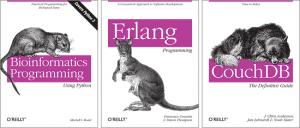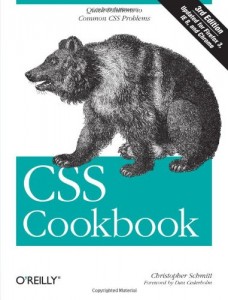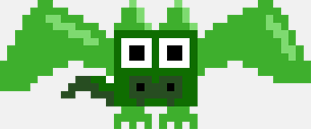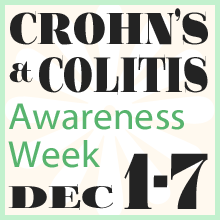Facebook really loves to play Popularity Police. If you don’t like enough of a Page’s posts, they stop showing in […]
Book Review:
CSS Cookbook by C. Schmitt
April 5th, 2010

I was recently wandering the aisle of a bookstore when I came across the CSS Cookbook, 3rd Ed by Christopher Schmitt, published by the wonderful O’Reilly Media. Something about O’Reilly books always appeals to me; the detailed pen drawings of various animals and flat, solid colors always catch my inner designer and make me wonder what’s inside, even when the topic is some outlandish programming language I’ll never use.

What’s inside? I’ll never know.
I picked up the CSS Cookbook and started thumbing through it to get a feel for the format. Every method had a problem (such as “You want to use multiple PNGs with alpha transparency”) a solution detailing the code, and a discussion explaining why and how the code works. Pleased with the overall layout, I flipped back to the beginning to have a look at the massive, seven page beast of a table of contents.
The book is laid out into logical sections (Web Typography, Images, Lists, Forms, etc.). In each of those sections I found CSS problem/solution pairs ranging from the very basic to the very advanced. It starts right out with “Picking a Text Editor” and “Coding a Basic HTML Page” on through “Applying Basic CSS Rules to a Web Page” and “Determining When to Use Class and ID Selectors,” but it doesn’t stop with the basics. Later on comes “Inserting Reflections on Images Automatically,” “Using Image Sprites,” “Creating Breadcrumb Navigation,” and “Styling a Screenplay with the HTML5 dialog Element.” Scanning the rest of the contents, I found myself growing excited to see things listed I wouldn’t have even thought to create with CSS. Of course I brought it home.

Most people would probably think of this book as a reference, though a Google search often reveals the answer faster than flipping through a book. Instead of putting it on my shelf waiting for me to question it, I decided to spend a few evenings reading through it. I skimmed the things I knew and bookmarked the things I didn’t, and I was reminded just how powerful a markup CSS can be with the right knowledge. The format is clear, the methods reliable, and the reasoning well-explained. I recommend it to anyone looking for a deeper understanding of CSS and how to leverage it to its full potential.
One thing I love about this profession is that there is always something new to learn. Whether a strengthening of the basics of principles and languages already known, a completely new technology, or something in between, there is always room for and push towards growth. What books have you found to aid you along your journey?













